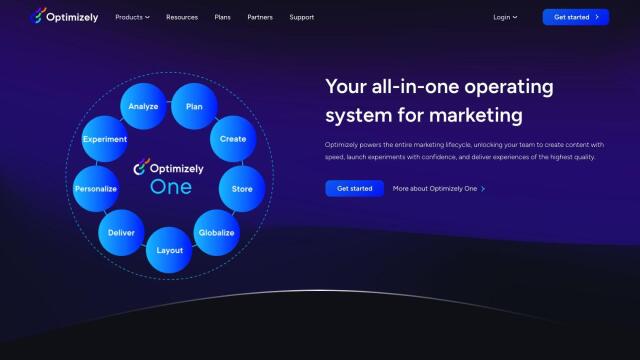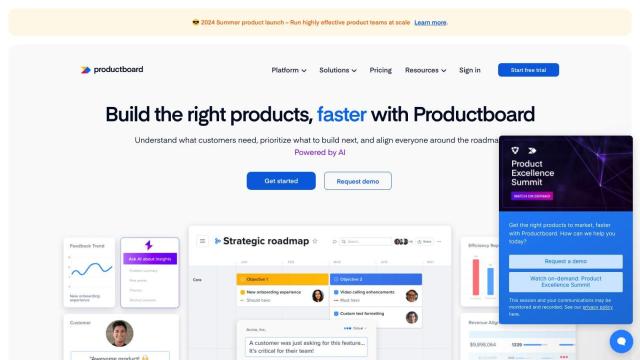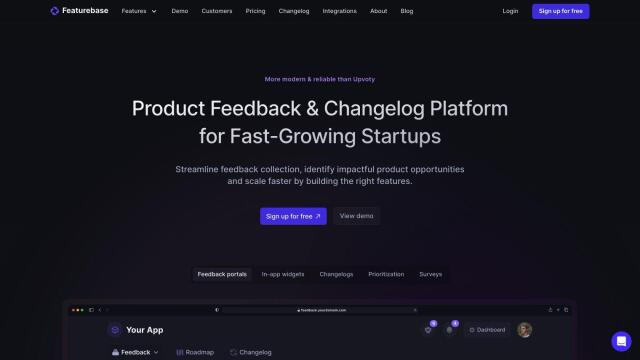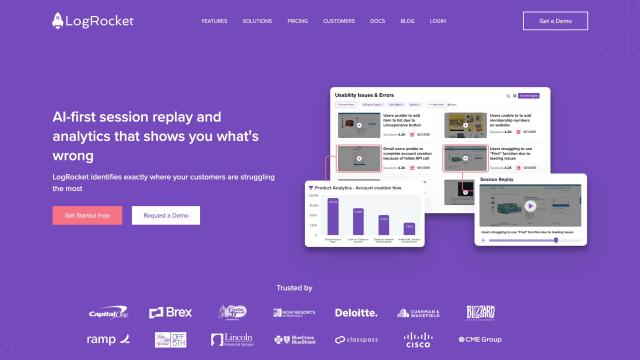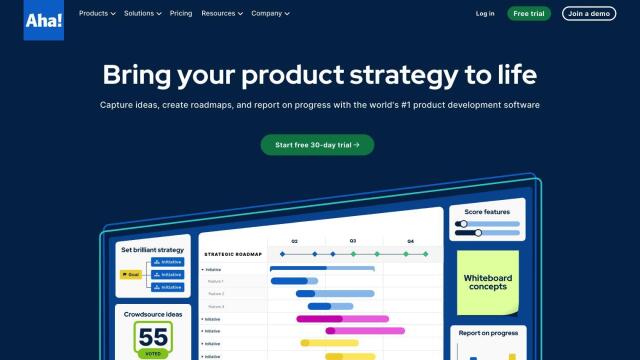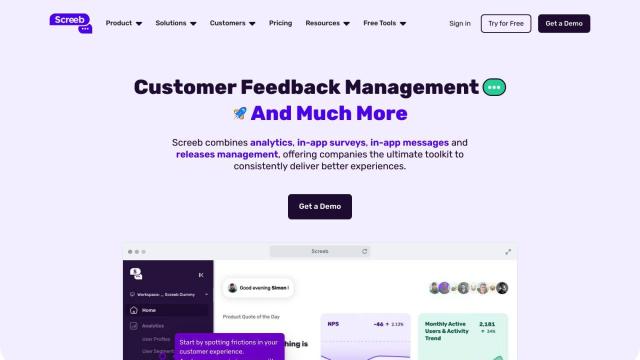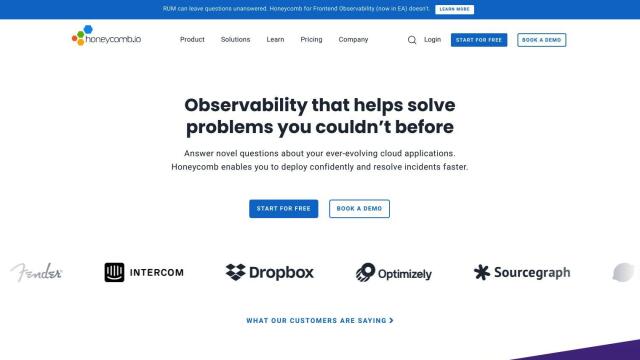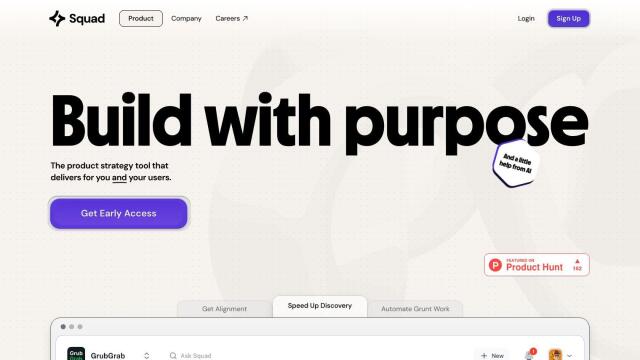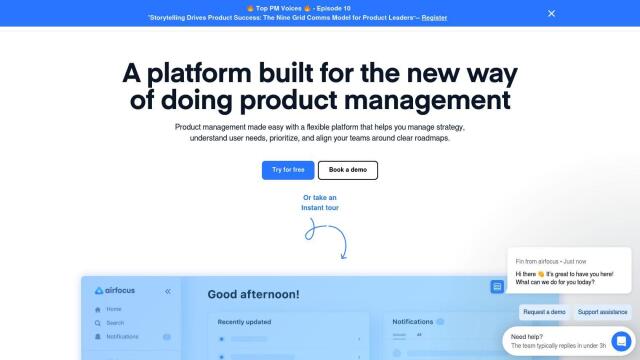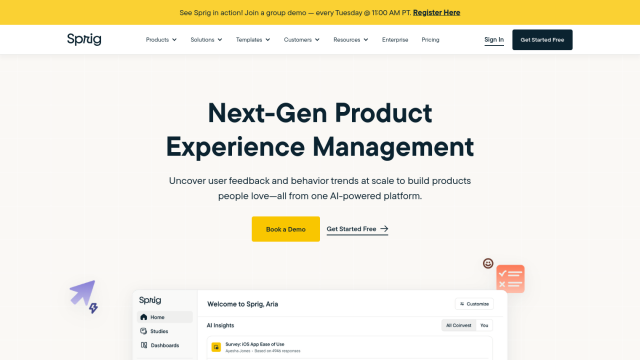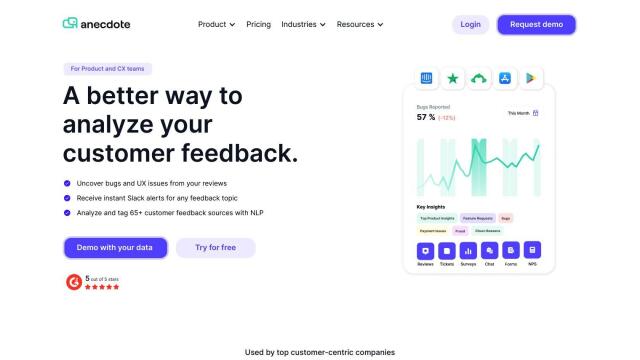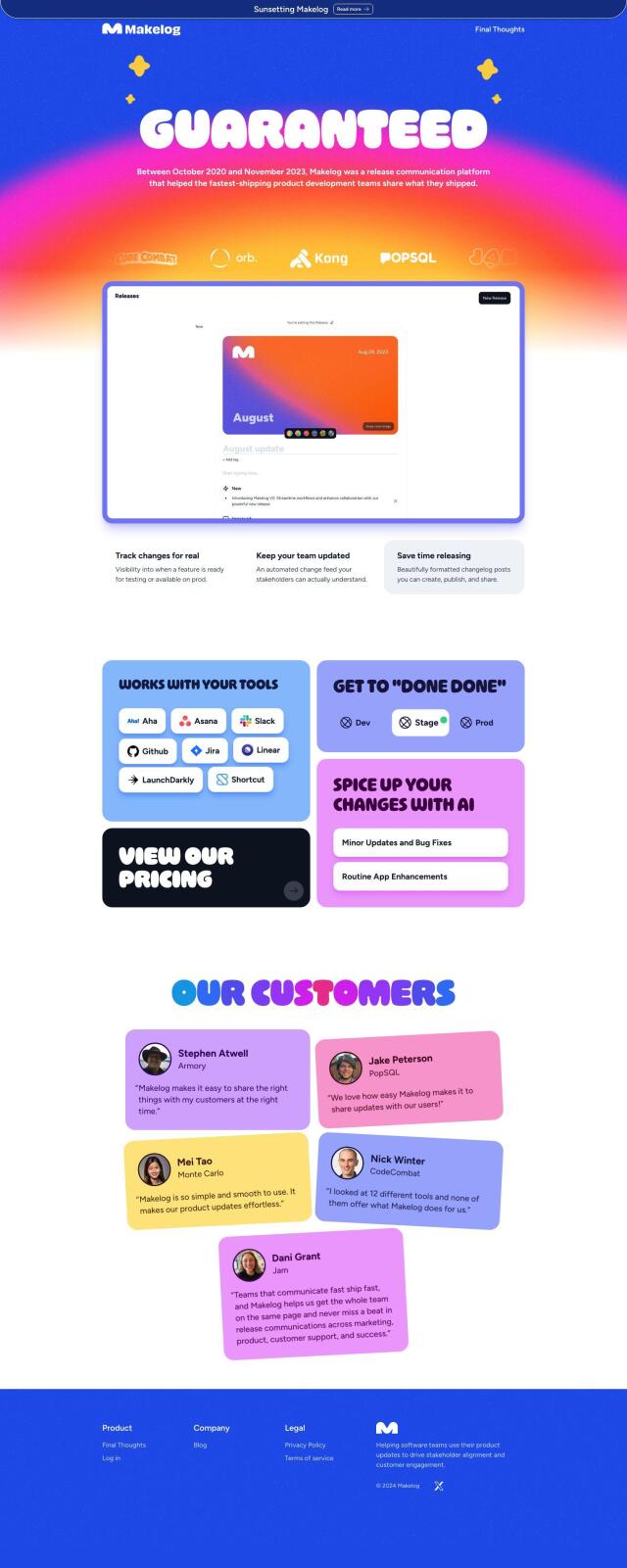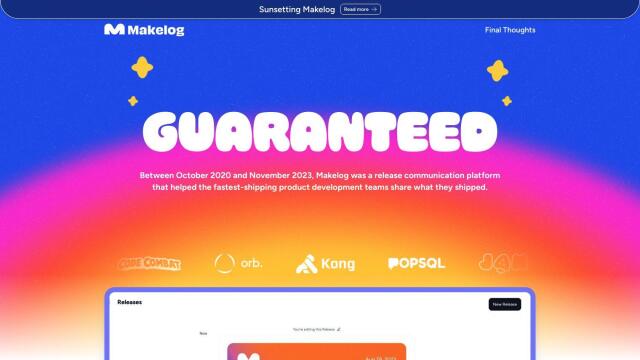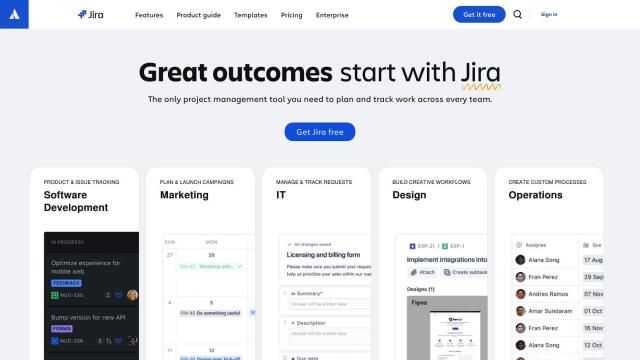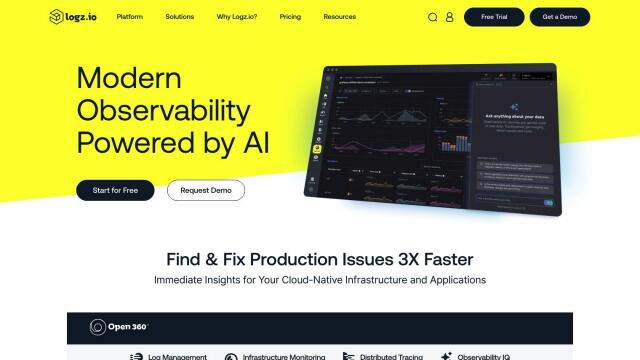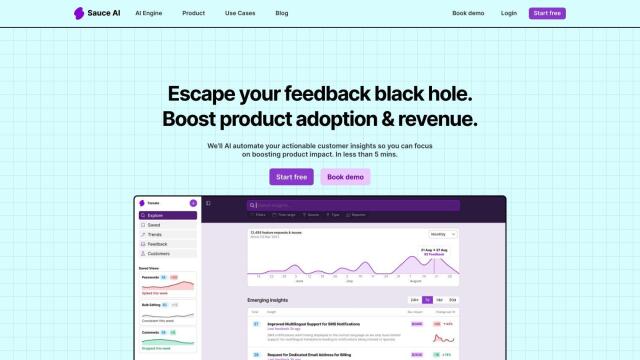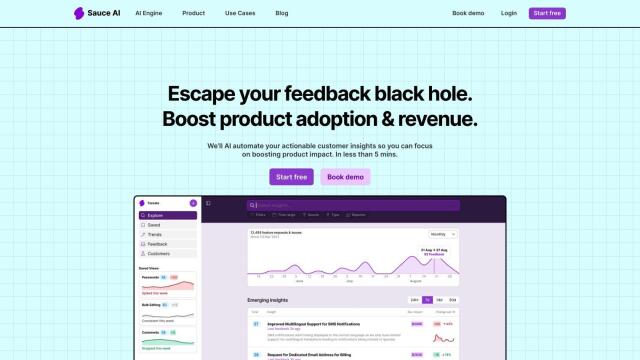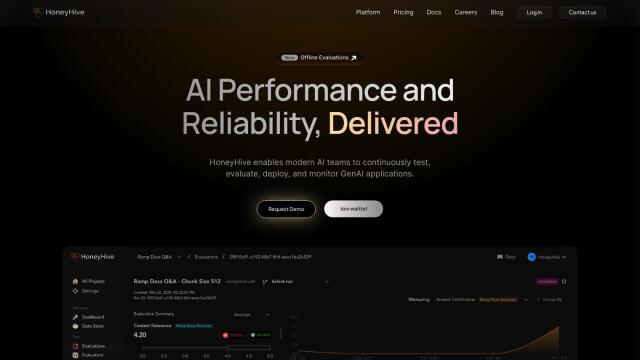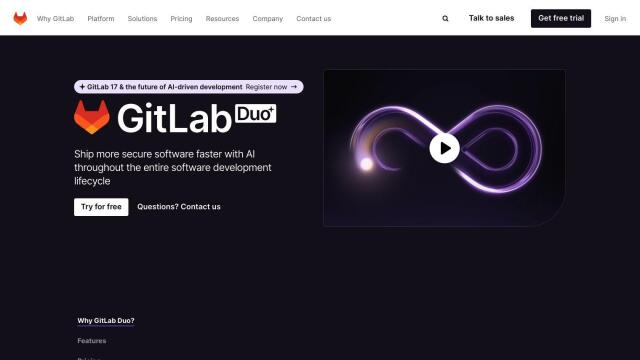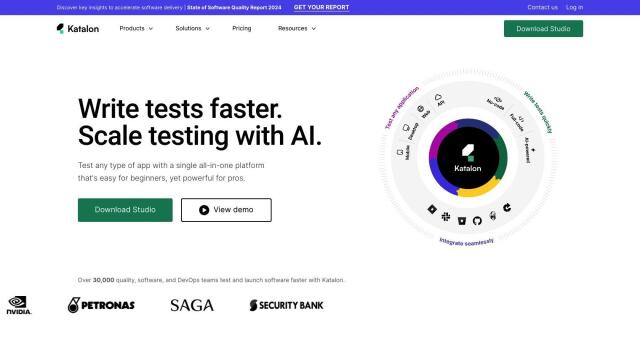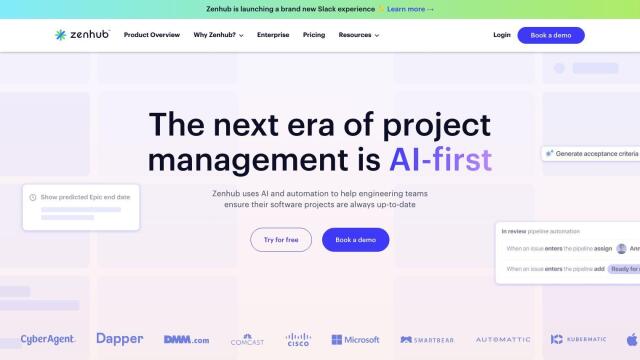Question: I'm looking for a tool that allows me to manage feature flags and rollouts across my team, do you know of any?

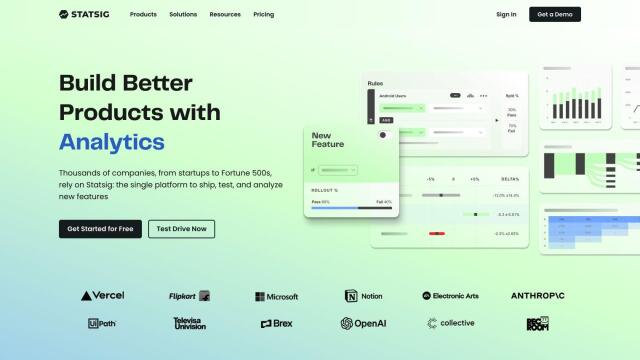
Statsig
If you're looking for a tool to manage feature flags and rollouts across your team, Statsig could be a good choice. It's a full-stack feature management and experimentation platform designed to help teams speed up experimentation velocity and optimize AI applications. Statsig comes with advanced feature flag management, rollouts and configuration, as well as analytics for data-driven decision making. The company offers flexible pricing tiers, including a free Developer plan, so it can work for a wide range of needs.

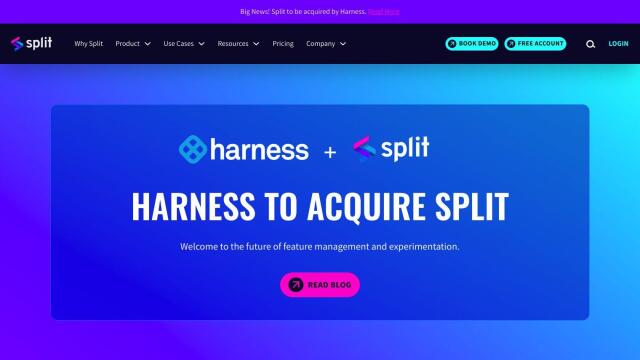
Split
Another good option is Split, a feature delivery platform that combines feature flag management with continuous delivery to help product development teams deliver new features faster. Split can detect when features are having an impact, track progress and monitor features at the feature level through automated rollout monitoring and A/B testing. The company positions the service as lowering the friction and risk of delivering features, which makes it a good choice for teams that want to improve their product development workflow.

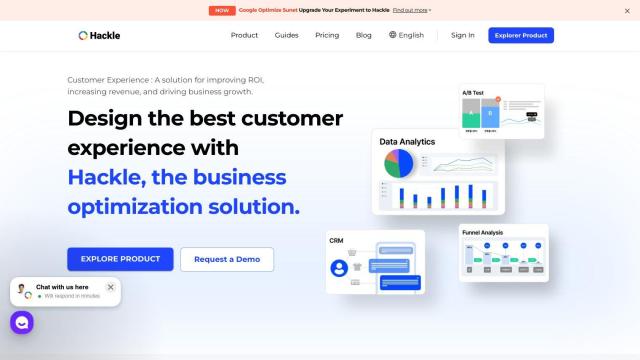
Hackle
For a more general-purpose tool that covers more of the product optimization territory, check out Hackle. The company offers a range of tools for A/B testing, product analytics, feature flags, remote config and more. Hackle has a relatively simple interface and can be integrated with web and app platforms through a relatively simple SDK installation. Its pricing plans are relatively cheap, and the feature set is broad enough to be useful to companies of all sizes trying to optimize the customer experience.

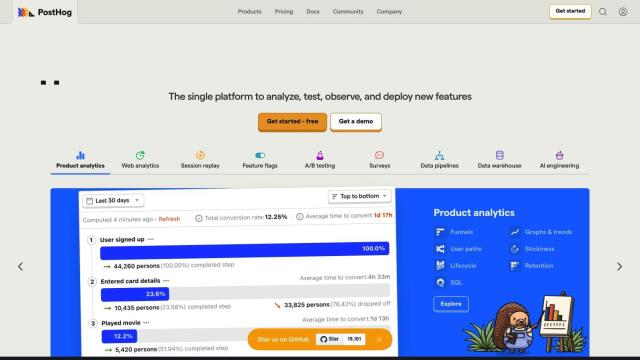
PostHog
Last, PostHog offers a wide range of tools for product analytics, feature flags, session replays and A/B testing. It includes multivariate flags, JSON payloads and immediate rollbacks, as well as goal setting and user targeting in A/B testing. PostHog has flexible pricing and is open-source, which makes it a good choice for startups and growth-stage companies trying to build products that can succeed with good analytics and experimentation.

